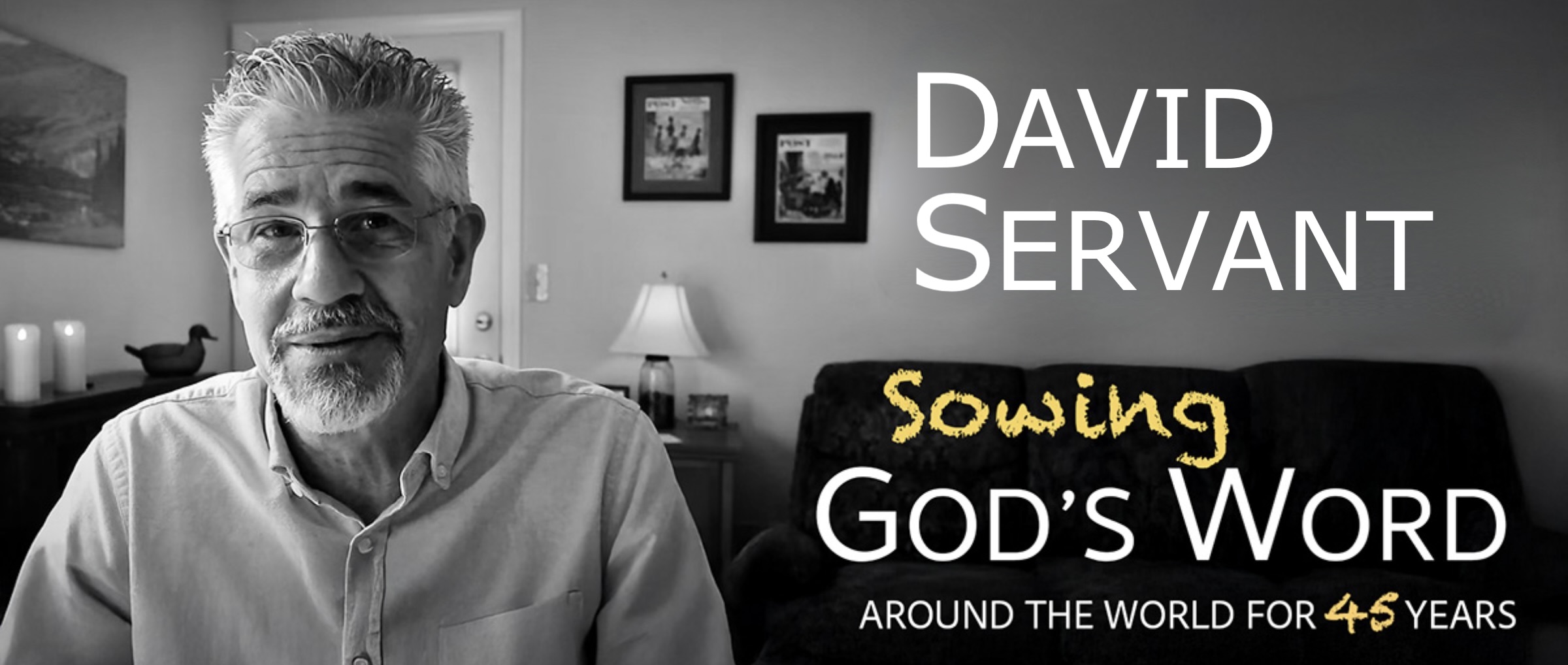
 Our unique reading plan is designed so that we journey through the New Testament chronologically, with the exception that we are reading one of the four Gospels every quarter. Hopefully, it has been helpful to know that after two decades of the church’s existence, the New Testament consisted of only four epistles—James, Galatians, and 1 & 2 Thessalonians, the latter three being written for a limited readership. So it was not the epistles that were the central focus of teaching within the early church, but the teachings of Christ, orally passed along. The goal was to make disciples who obeyed all of His commandments.
Our unique reading plan is designed so that we journey through the New Testament chronologically, with the exception that we are reading one of the four Gospels every quarter. Hopefully, it has been helpful to know that after two decades of the church’s existence, the New Testament consisted of only four epistles—James, Galatians, and 1 & 2 Thessalonians, the latter three being written for a limited readership. So it was not the epistles that were the central focus of teaching within the early church, but the teachings of Christ, orally passed along. The goal was to make disciples who obeyed all of His commandments.
Moreover, according to early church historian Eusebius, the Gospel of Matthew may well have been penned and begun its circulation among the churches as early as A.D. 42, about 12 years after Pentecost. Ultimately, of course, there were four Gospels. If each Gospel author was inspired to write his Gospel—and I believe each was—then that says something about what God feels is most important. And the redundancy of Matthew and Mark should serve to remind us of that fact. Taking a cue from God, I might be a little redundant myself as we work our way through Mark’s Gospel, the shortest of the four!
There was revival down at the Jordan River, but it wasn’t characterized by people acting drunk and testifying of strange visions, nor was it led by a slick evangelist in a silk suit telling stories and taking up offerings. Rather, it was characterized by the tears of people who were confessing their sins, and it was led by a man who was the epitome of simplicity, who wore rough clothing and ate locusts and honey. (I suspect he roasted the locusts and dipped them in honey sauce to make them go down a little easier!)
Take note that John was “preaching a baptism of repentance for the forgiveness of sins” (1:4). That was God’s offer, and that has always been God’s offer. God forgives those who repent. That is why Jesus proclaimed, “Repent and believe in the gospel” (1:15). That is why Jesus told His disciples after His resurrection that “repentance for forgiveness of sins would be proclaimed…to all the nations” (Luke 24:47).
God forgives those who repent. Those five words sum up the true gospel and the true grace of God. God isn’t offering grace for people to continue sinning. He has never offered that kind of grace. He isn’t offering forgiveness for those who simply “accept Jesus,” or who “invite Jesus into their hearts,” or who tell God they are sorry for their sins. He forgives those who turn away from sinning. The call to holiness is part and parcel of the gospel, yet it has been all but lost from the modern American gospel.
How I would have loved to sit outside Peter’s home in Capernaum with a video camera the evening that “the whole city had gathered at the door” as Jesus healed the sick and cast out demons (1:33)! To see the miracles and the expressions on people’s faces would be pure ecstasy! And we could have made a movie and shown it to everyone in the world! So why didn’t Jesus wait to come to earth until after the invention of the video camera? Perhaps it was because He had something even better in mind—namely continued healing miracles and deliverances through His servants, just as we have read about in the book of Acts. Again our hearts cry today, Lord, restore Your power to Your true church! May true miracles be wrought through your true servants so that Your name is magnified!
After Jesus cleansed the leper whom we read about today, He told him to show himself to the priest as a testimony to them (1:44). I suspect the priest to whom he showed himself had to search through his scrolls to find out what to do, as this was most likely the first time any Israelite leper had been healed since the Law was given. The tradition of elders, held by the rabbis, stated that if any such miracle ever occurred, it would reveal the Messiah. Yet they still rejected Jesus.

